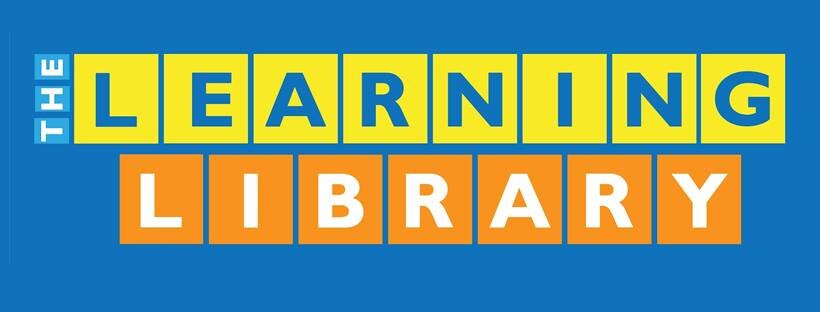How early should I start talking to my child in Filipino?
Miguel Fenix, Researcher
Your children speak English, watch English shows, and read English books. You want them to speak and understand Filipino, too. When is the best time to start?
Since 2009, The Learning Library has helped many parents raise bilingual children: kids who can understand and speak fluently in Filipino as well as English. We’ve shared advice on not just when, but how to make language acquisition effective and enjoyable for you and your child.
Start from birth.
Begin speaking to your child in Filipino right from birth. Before age three, children are highly receptive to the sounds of different languages, and early immersion can help them develop a natural ability to pick up multiple languages.
2. Build your child's vocabulary.
Focus on expanding your child's vocabulary in Filipino by incorporating a variety of words into your everyday interactions and repeating them. Studies show that it takes at least 3 exposures to a word before it becomes a permanent part of one’s vocabulary. (Take note, this is true for English, too!)
3. Consistency is key.
Be consistent in using Filipino by engaging your child in daily conversations. Children need proximity to absorb a new language; their increased ability to learn better comes from the amount of exposure to the language. It’s all about immersion – everyday! Read more about it here.
4. Play language games.
During playtime, try games that help you learn words in Filipino. You can use picture cards with words, play games where you connect words, or tell stories using Filipino. It makes learning more enjoyable!
5. Immerse them in the culture.
In addition to daily conversations, immerse your child in Filipino culture through music, watching Filipino shows, and celebrating traditional Filipino holidays. Connecting language learning to cultural contexts makes it more meaningful to your child.
Research suggests that early exposure to language not only fosters effective communication but also lays the groundwork for a deeper connection with one's heritage. If you have a child who’s at least 4 years old and you need support for their bilingual journey, sign up for a free trial of our WIKA’Y SAYA! Program. We make Filipino meaningful and fun!
Remember, it’s never too early to start!
